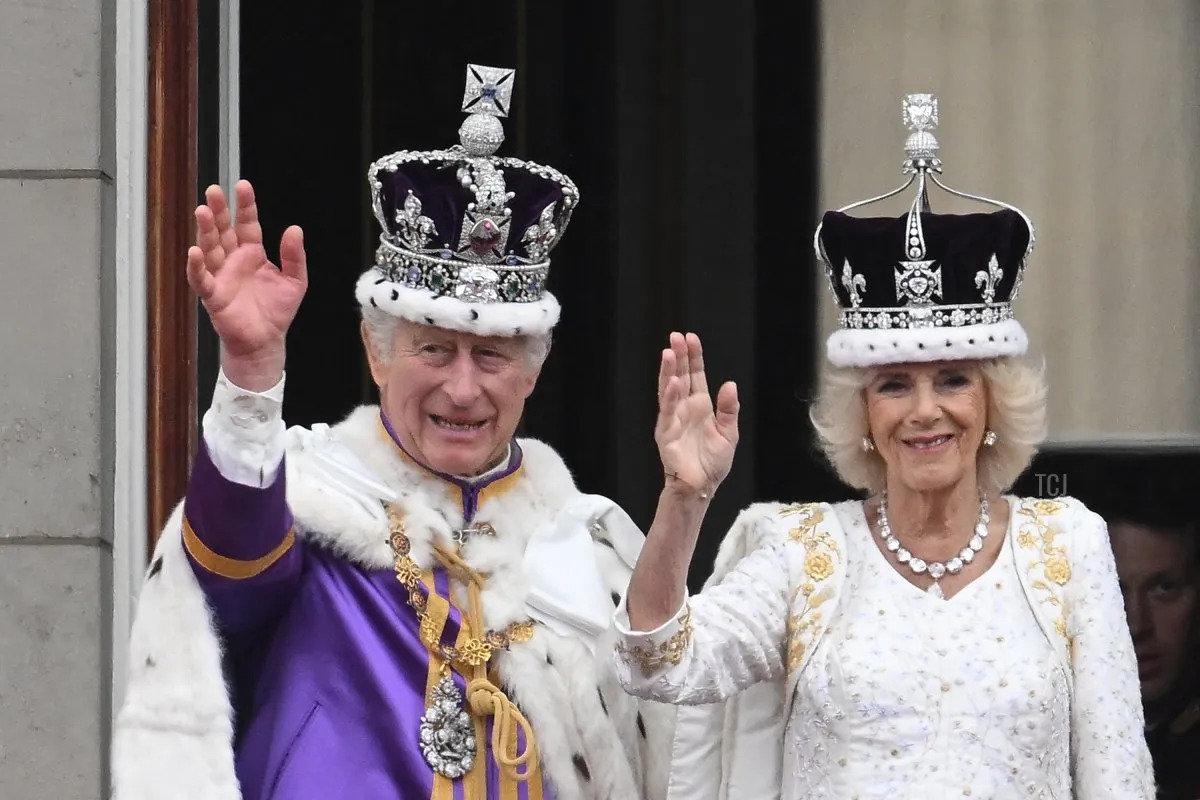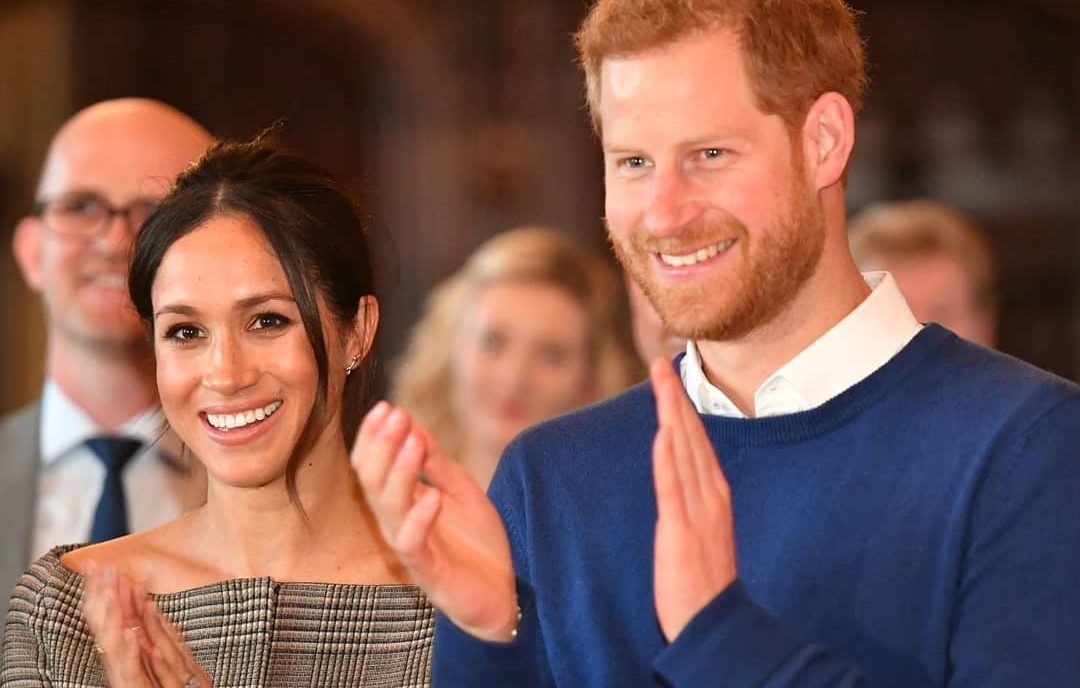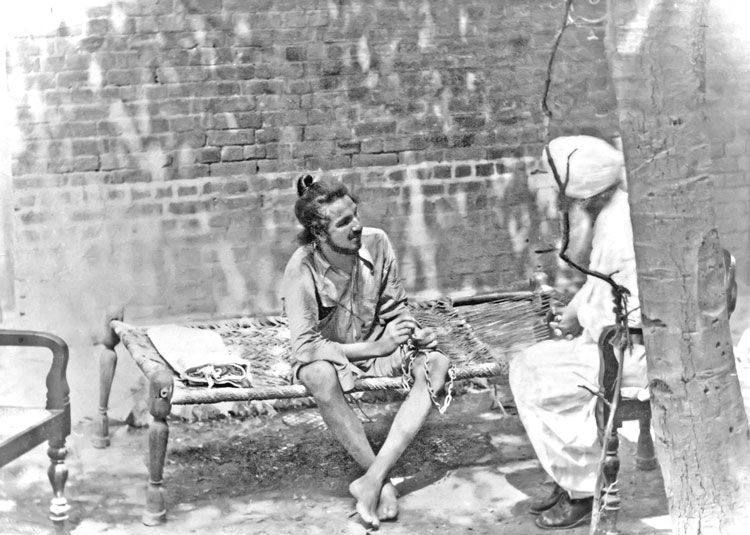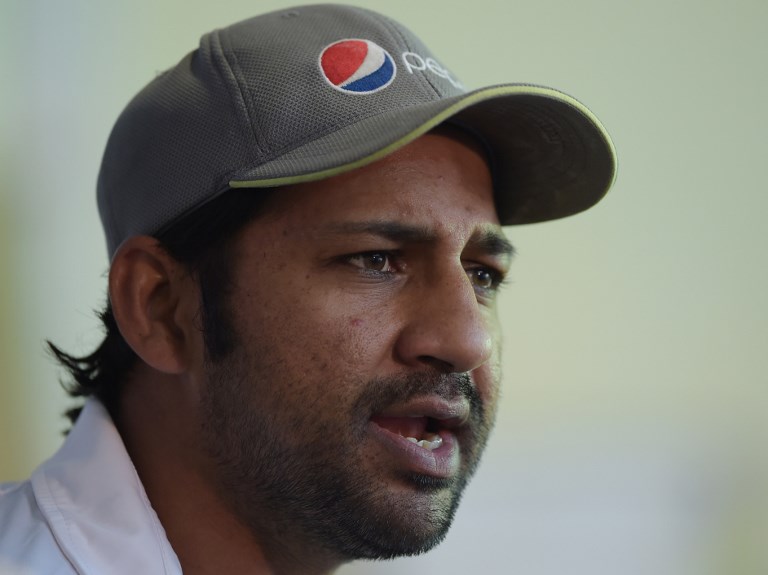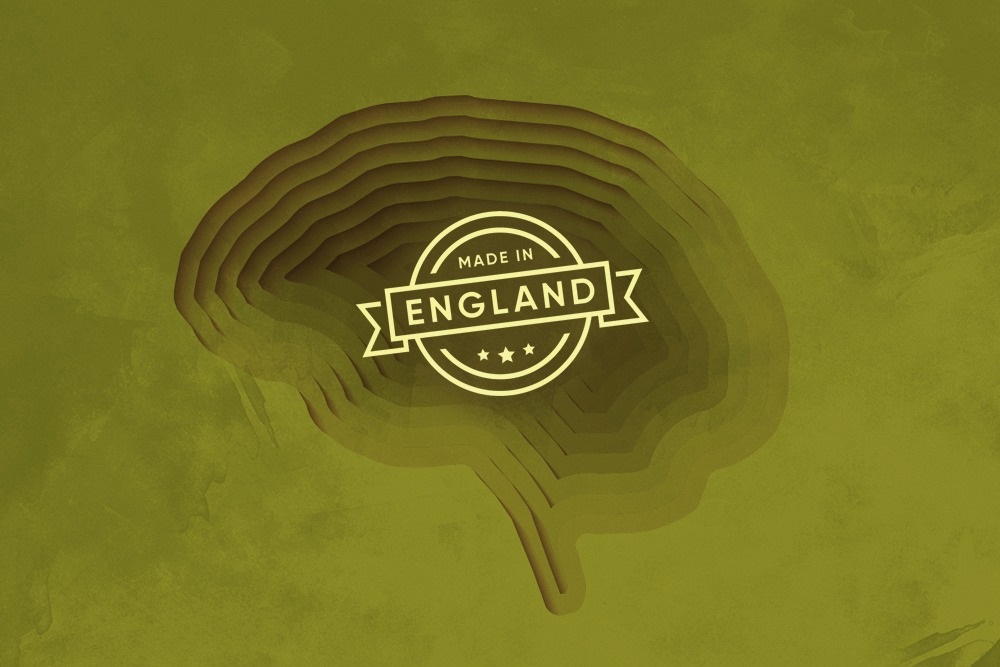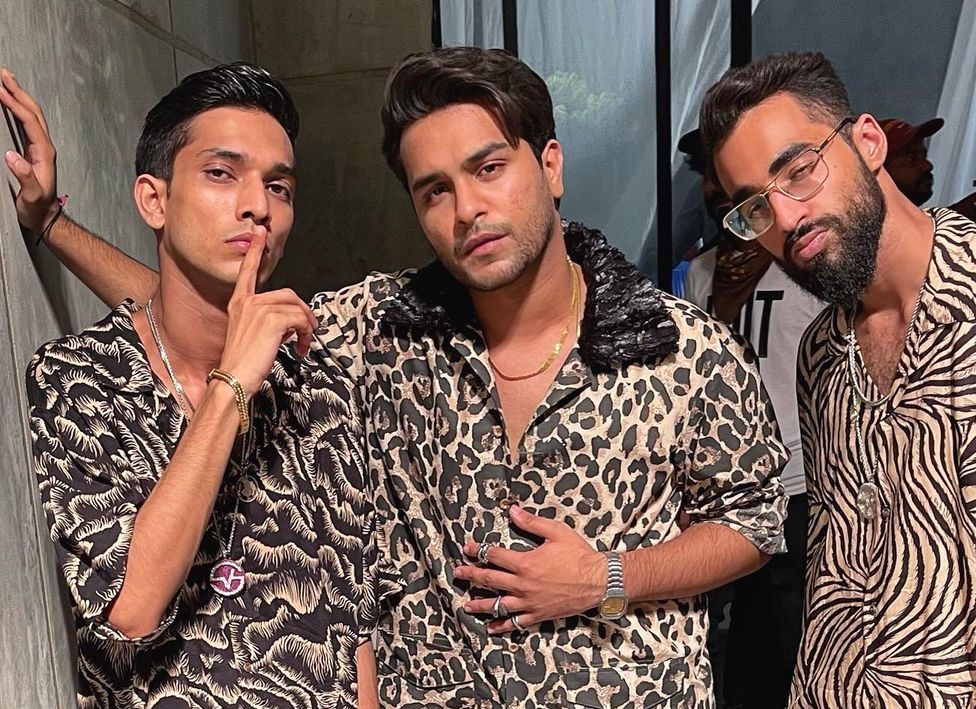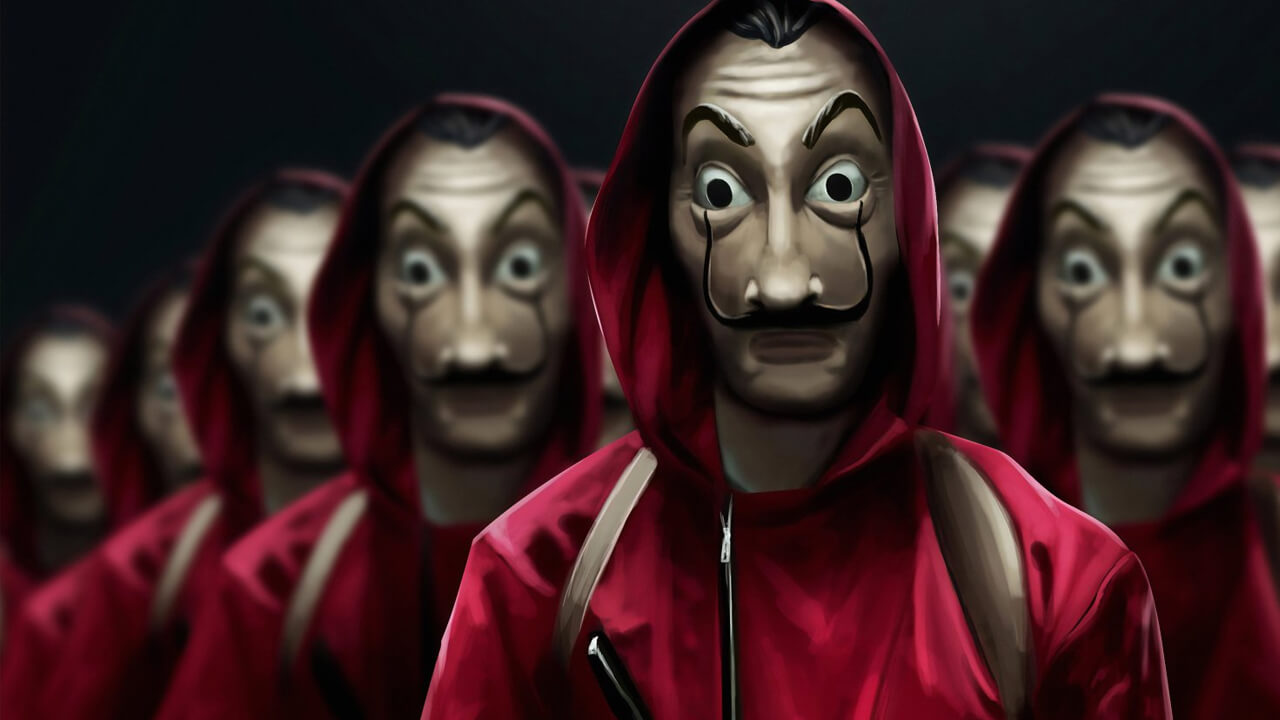KARACHI: Ever since the death of Queen Elizabeth, there has been quite the bit of mixed emotions when it came to mourning her and celebrating her son’s rise to the throne. The monarchy of England represents both, the individual and the institution, and so when Prince Charles was crowned King on May 6, and the Coronation was all that was the talk of the day, the ceremony reopened wounds of past and present British colonies.
To this day, England has control of 15 colonies. But it started off as 50 and while the numbers might have dwindled down over the years, it was all accompanied by a violent, racist past. They focused their power in smaller, poorer countries because that is where they could exert their control and reap undue benefit. And prime example of the abuse of power is present in the crown jewels of the British Monarchy that were on full display at the Coronation of King Charles.
In some parts of the world, #QueenElizabethII death has sparked not grief and sympathy–but demands for the return of prized jewels and artifacts, which they say the British looted.
Hear the full story on Teka Teka Explains: https://t.co/yyrs5vx33v pic.twitter.com/vCekEeDg7R
— Teka Teka News (@tekateka_news) October 1, 2022
The Kohinoor
The Kohinoor has quite the fascinating history in the subcontinent. While it remains unclear about when the diamond was actually found, the first mention of the diamond was in 1628. For centuries before that, India was the world’s only source of diamonds—all the way until 1725, with the discovery of diamond mines in Brazil.
The diamond, which is a 105 carat oval shamed stone cut from 186 carat diamond, was first encrusted in Shah Jahan’s throne which was inspired by the throne of King Solomon. But the diamond did not remain on the throne for long and exchanged bloody hands and eventually ended up in Afghanistan until 1813 when the Sikh ruler Ranjit Singh reacquired the stone. It eventually became a symbol of prestige and power and that is exactly what drew the British to the stone.
2. Kohinoor Diamond:
The diamond came from India’s alluvial mines during the 13th century. It ended up in the British Crown Jewels by the mid-1800s during the colonial era. Worn as a brooch by Queen Victoria. Britain claims that it was neither stolen nor “forcibly” taken🤥 pic.twitter.com/hJbhb17VS7— nel. (@blackexcellent_) May 6, 2023
When the British learned of Ranjit Singh’s death in 1839, they were shocked to learn of his plan to give the diamond and other jewels to a sect of Hindu priests. When the news reached the British press, they exploded in outrage which caused the East India Company’s interest in the diamond to intensify.
As history remembers, the diamond finally reached its rightful owner, a young boy, Duleep Singh and his mother Rani Jindan. The EIC was quick to act and in 1849, they imprisoned Jindan and forced Duleep to sign a legal document amending the Treaty of Lahore, that required Duleep to give away the Koh-i-Noor and all claim to sovereignty. The boy was only 10 years old. Since then, the Koh-i-Noor has been part of the crown jewels. But the people of the subcontinent were not pleased and referred to the diamond as loot of the EIC which should eventually have been returned when the subcontinent became independent of the British.
👑 Crown Jewels: 1) Stolen through colonial conquest (e.g., Koh-i-Noor 💎) 2) Symbols of monarchy’s excessive wealth 💰 3) Costly maintenance – could be spent on public services instead
— Christopher Woodward (@SmilesBetter2) April 28, 2023
The Coronation of Prince Charles was already at the center of controversy with the common man disillusioned with the crown, their over exuberant displays of wealth and clashes with democracy. Perhaps, they believed that not displaying the Koh-i-Noor would save them from more criticism. However, hiding the diamond away in the London Tower did little to stop the previous wounds from bleeding out.
The Lahore Diamond
While the Queen consort may not have worn the controversial Koh-i-Noor diamond, she couldn’t escape naysayers for long. Queen Camilla wore an iconic necklace which was originally known as the Lahore necklace adorned with a 22.48-carat pendant called the Lahore diamond. It should come as no surprise that the British stole the necklace from the Lahore Fort in 1849.
Al they have done is looted now India, Pakistan and Bangladesh. Kohinoor, and countless other diamonds or stones.
And then the UK has the audacity to display this archaic practice of monarchy to the world. https://t.co/Txh8qDKwvd
— Mridu ⚯͛ (@mj_alwayss) May 7, 2023
The history of the “Coronation Necklace” dates back to 1849 when the British stormed the Lahore Fort and looted a treasure that they never could have believed to be true. As part of the Toshakhana of the Fort was the Koh-i-Noor, five bags of diamonds, large amounts of gold and precious stones as well as Cashmere shawls and religious relics of the Holy Prophet including his walking stick, shoes and locks of his hair.
From the bags of diamonds, the Lahore diamond necklace was made for Queen Victoria. The necklace added up to 161 carats, making it the most expensive necklace in the world with nine largest stones and to date, remains one of the most expensive necklaces in the world.
The Cullinan diamond
Turns out, the Coronation of King Charles hasn’t just irked the people of the subcontinent but also the people of South Africa. And again at the center of the controversy is another bespoke diamond: The Cullinan. Which also happens to be the biggest diamond in all of history.
Pictured here, in King Charles sceptre, are shards of the Star of Africa diamond. The stone was stolen from South Africa in 1905, and is worth $400M
The British later renamed the gem to “Cullinan Diamond” named after the owner of the mine from where it was stolen from. pic.twitter.com/KBCA860Lia
— Worldzzer™ (@Worldzzer) May 6, 2023
The choice to display the Cullinan diamonds instead of the Koh-i-Noor did little than to show just how many colonial exploits the crown had to choose from. The Cullinan diamond, its uncut state, weighed 3,106 carat. Coupled with its beautiful blue-white color and unparallel clarity, made it the most celebrated diamond in the world that was mined near the capital city of Pretoria. The gemstone was cut into nine large stones and 100 smaller ones. The Cullinan I is the largest cut at 530-carats and is known as the “Star of Africa,”. It was set in the royal sceptre that King Charles carried. The Cullinan II, a smaller diamond, is also set in the Imperial State Crown, while the rest of the gems remain part of the crown jewels.
Many of the Crown Jewels that will be used at the Coronation of #KingCharlesIII are looted items stolen during the British Empire’s colonial past – gems from the Cullinan Diamond form part of the Crown Jewels #coronation #looted 🎥: @AJEnglish pic.twitter.com/zsO7qtoJvq
— Jim Mellas (@jimmellas) May 4, 2023
However, the people of South Africa want the diamond back. They claim that with the British and their questionable ways of taking “gifts”, it cannot be counted as such and instead, is a sign of their heritage and culture.
Following the Coronation of Prince Charles, it is fair to say that the King’s reign is off to a rocky start. Will he be able to regain his popularity or does this mark the start of the end of the British monarchy?

